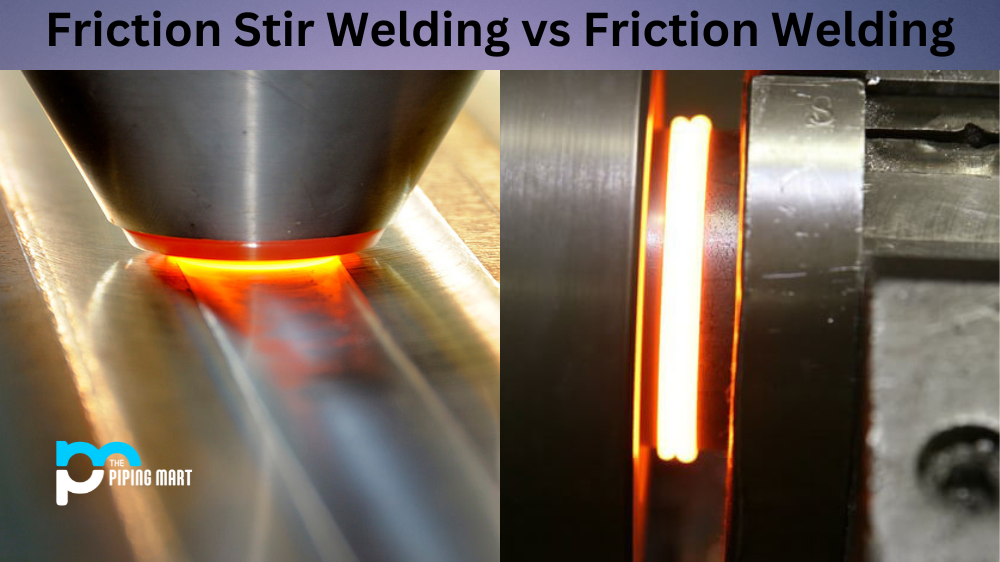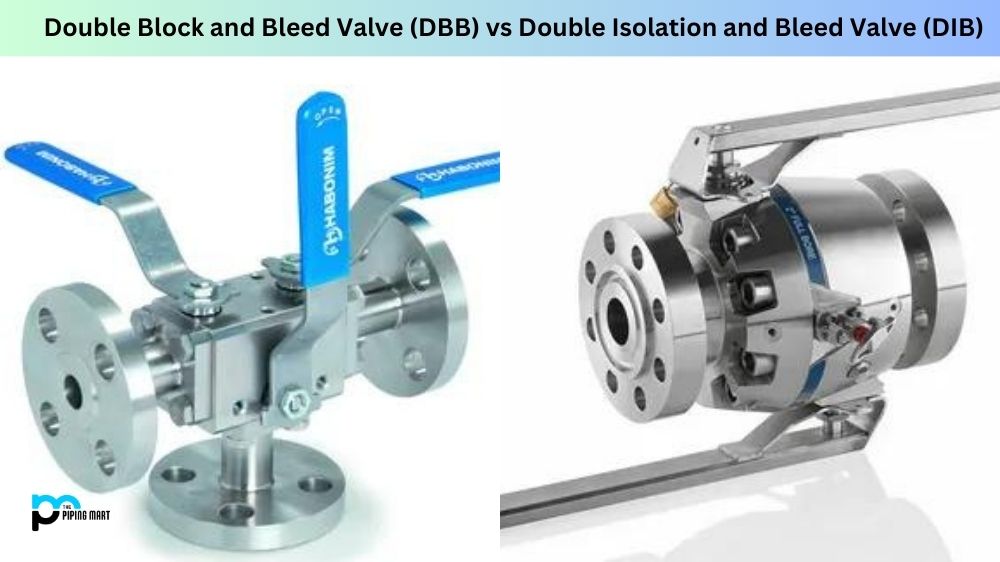In recent years, Welding has become more and more prevalent. Various welding techniques are available, and each has unique advantages and disadvantages. Friction Stir Welding and Friction Welding have come into focus as the most promising welding techniques. In this expert post, we will explore their differences in detail and understand which welding technique is better suited for which application.
Although similar, friction Stir Welding and Friction Welding differ in their applications.
Friction Welding
Friction Welding, also known as Solid-state Welding, is a process that involves two pieces of metal being heated to the near-melting point and subsequently welded using the heat and pressure generated by rotation. Friction welding is best suited for joining different types of metals, such as steel and aluminium, and is known to produce high-strength welds.
Friction Stir Welding
On the other hand, Friction Stir Welding is a process that involves a non-consumable tool rotating at high speed, which is then plunged into the base metals to develop heat, soften the material without melting, and form a joint as the tool traverses along the faying surface. Friction Stir Welding is best suited for thick aluminium alloy sheets and produces a superior-quality, defect-free weld.
Difference Between Friction Stir Welding and Friction Welding
Another difference between Friction Stir Welding and Friction Welding is the microstructure of the welded pieces. Friction Stir Welding produces a finer microstructural grain structure that results in improved mechanical properties. This is because material grains are severely deformed during Friction Stir Welding, causing recrystallisation and producing a more equiaxial grain structure with smaller grain size.
Friction Stir Welding and Friction Welding also differ in their welding speeds. Friction Stir Welding can be performed at higher speeds, which leads to a faster welding process. This is because Friction Stir Welding only requires the tool’s traverse speed, which can be 10-100 times faster than the rotating speed. In contrast, Friction Welding requires the two metals’ rubbing speeds to be identical, limiting the weld’s speed.
- Friction stir welding (FSW) is a solid-state joining process that uses friction heat to join two pieces of metal.
- Friction welding (FW) is a solid-state joining process that uses friction heat to join two pieces of metal.
- FSW was invented in 1991 by The Welding Institute (TWI) in the United Kingdom.
- FW was invented in the 1940s by Friction Welding Ltd. in the United Kingdom.
- FSW is typically used to join aluminium and other non-ferrous metals.
- FW is typically used to join ferrous metals.
- FSW is a more versatile welding process than FW, as it can weld metals of different compositions and thicknesses.
- FW is typically faster and cheaper than FSW, making it more suitable for high-volume production.
Conclusion:
Friction Stir Welding and Friction Welding are two distinct welding techniques best suited for various applications. Friction Welding is optimal for joining different metals, and Friction Stir Welding is suitable for joining thick aluminium alloys. Friction Stir Welding produces finer microstructural grain structures and has higher welding speeds. Both techniques are gaining notoriety in the welding industry for their high-quality welds and unique processes. As technology in the industry continues to advance, welding techniques are advancing alongside.

Abhishek is a seasoned blogger and industry expert, sharing his insights and knowledge on various topics. With his research, Abhishek offers valuable insights and tips for professionals and enthusiasts. Follow him for expert advice on the latest trends and developments in the metal industry.




